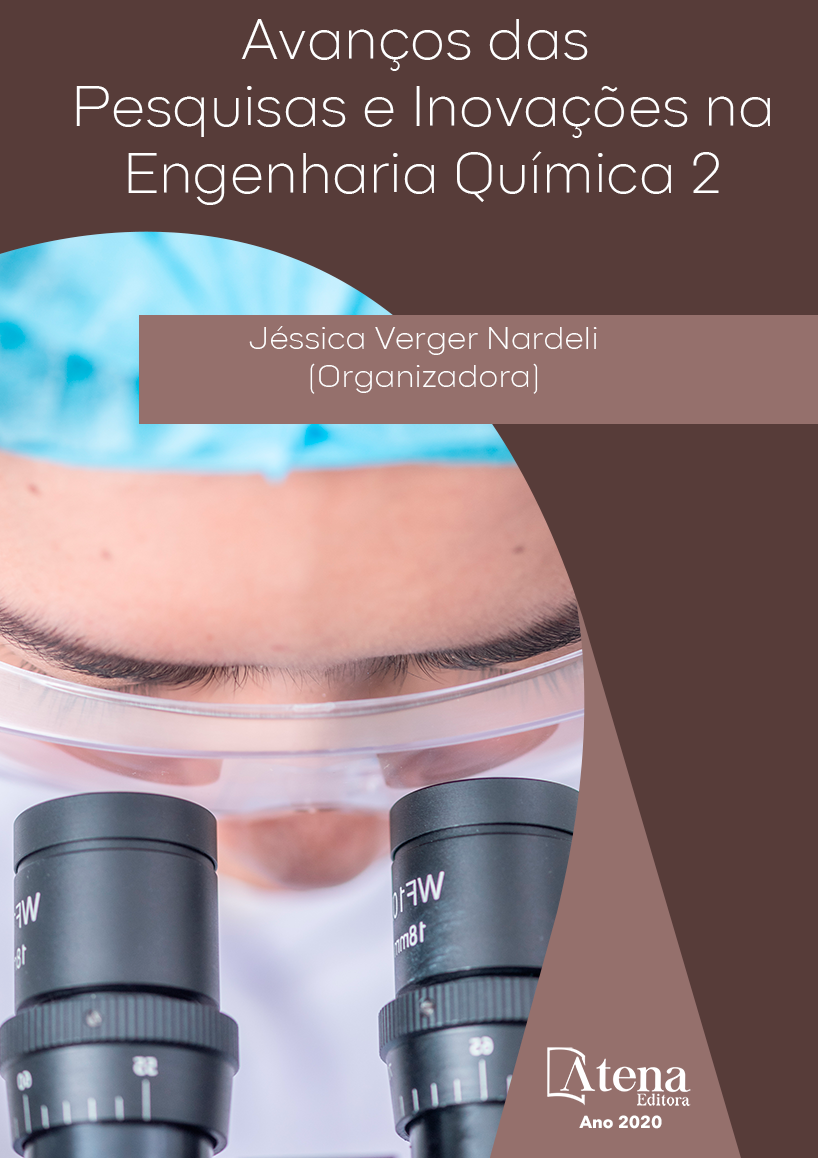
DESCRIÇÃO FÍSICA DE FIBRAS DE COCO (Coco nucifera L.) SUBMETIDAS A TRATAMENTO EM DIFERENTES CONDIÇÕES DE MACERAÇÃO
O Coco (Coco nucifera L.) é o fruto proveniente de uma palmeira da família das Arecaceae, abundante em regiões litorâneas e/ou com clima tropical. O objetivo deste trabalho é obter fibras de coco empregando três tipos diferentes de macerações: a natural ou biológica espontânea, a biológica induzida e a alcalina. Verificar a influência dos métodos e do tempo em suas propriedades mecânicas. As metodologias para obter os parâmetros da fibra em questão foram porosidade, regain, massa específica e micrografia por índice de Runkel. Para análise dos dados experimentais e teste das diferenças existentes entre os tratamentos de maceração, foi empregado o método de análise de variâncias (ANOVA). Para a amostra in natura, os resultados para porosidade e regain (778,2850±158,9580, 26,666±2,1641) e massa específica e micrografia (0,2329 ±0,0019 e 1,2199, respectivamente), observou-se que em relação à massa específica, os tratamentos dos tanques 2 e 3 apresentaram diferenças significativas, mas em relação ao diâmetro, estes mesmos tratamentos não apresentaram diferenças significativas. Posteriormente foram estudados os resultados das 3 diferentes macerações e suas características em relação ao produto natural, podendo assim verificar a sua aplicabilidade na indústria de materiais têxteis como material fibroso.
DESCRIÇÃO FÍSICA DE FIBRAS DE COCO (Coco nucifera L.) SUBMETIDAS A TRATAMENTO EM DIFERENTES CONDIÇÕES DE MACERAÇÃO
-
DOI: 10.22533/at.ed.5152024039
-
Palavras-chave: Coco nucifera L, Fibras vegetais, Maceração, Caracterização de fibras
-
Keywords: Coco nucifera L, Plant fibers, Maceration, Fibers Characterization
-
Abstract:
Coconut (Coco nucifera L.) is the fruit from a palm family (Arecaceae), abundant in coastal regions and/or tropical climate. The main purpose of this paper is to obtain coconut fibers from the use of three different types of maceration - natural or spontaneous biological, induced biological and alkaline – and check the influence of those conditions time on their mechanical properties. The properties analyzed to obtain the parameters of the fiber were porosity, regain, specific mass and Runkel index. Futhermore, in order to analysis of the experimental data and to test the differences between the different treatments, the analysis of variance (ANOVA) method was applied. From the previous results of porosity and regain to the in natural material (778.2850 ± 158.9580, 26.666 ± 2.1641) and specific mass and micrograph (0.2329 ± 0.0019 and 1.2199, respectively), it was observed that when it comes to specific mass, the treatments of tanks 2 and 3 showed significant differences, but in relation to the diameter, these same treatments presented no significant differences at all. Posteriorly, it was also study the results of the three different macerations and their characteristics in relation to the natural product, being able to verify its applicability in the textile industry as fibrous material.
-
Número de páginas: 13
- Carla Arnaud de Azevedo
- Alefhe Bernard Cordovil Mascarenhas
- Raíssa Cristine Santos de Araújo
- Gabriela Nascimento Vasconcelos
- Rafael Maia de Oliveira
- Elza Brandão Santana
- Lênio José Guerreiro de Faria
- NAYARA MARIA MONTEIRO DA SILVA


